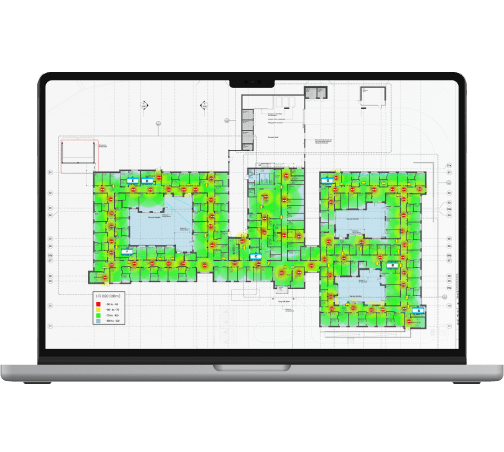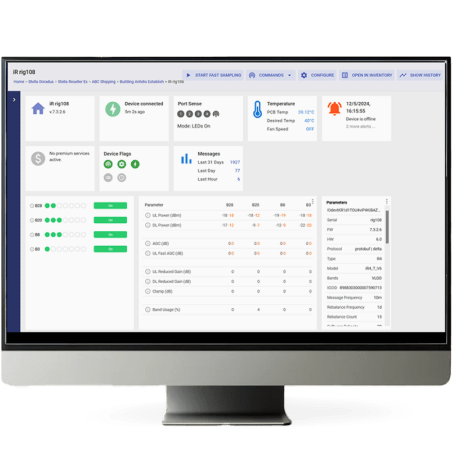Mobile data speeds have increased significantly since the successful roll out of 4G across the UK. This has made it extremely easy to access a whole variety of information and data whilst on the move. So why are mobile networks keen for people to use WiFi instead of 4G.
As data speeds have improved, so has the size of files that we use with our mobile devices. Mobile HD video streaming is now an everyday occurrence, as is grabbing files off of services like DropBox and Google Drive, all through mobile devices and tablets.
This is great for entertainment and productivity. However, mobile phone operators are not as thrilled with these advancements as the end user is. Because users are performing more and more data intensive tasks from their mobile devices, the network’s infrastructure is being placed under an increasingly heavier load. Bandwidth is being used up and congestion is now a common problem for many.
So mobile operators are keen for users to share the load with WiFi networks
WiFi is one of the most successful internet technologies in the world. It helped to usher in the wireless age that many of us now take for granted, allowing users to work with their broadband connection without the need for cumbersome cables.
Essentially all modern mobile devices are able to connect to WiFi networks, allowing users to watch videos, send emails and video call without using any of their data allowance. In essence, this is the behaviour that mobile networks are keen to encourage. By using WiFi to connect to the internet instead of 4G, this offsets the load onto the WiFi (and therefore broadband) network, saving valuable 4G bandwidth.
The idea goes much deeper than just using WiFi for data services, though. Many carriers have released apps that allow users to make calls and send texts over WiFi. Even more impressively, this feature is built into the latest phones.
The technology works by connecting mobile devices to their mobile network, without the need to connect directly to a mobile tower. All of the data is routed through the internet and is distributed by controllers assigned to network providers. This then transfers the data to the correct location – the mobile number that is being called.
WiFi calling is a great solution for customers who live in areas that are troubled by poor signal. This is how the technology is being marketed, as a way to help those in signal blackspots stay connected. In addition to this, it also helps network operators combat congestion, which, in theory, should improve the overall performance of the 4G network.
Connecting to WiFi instead of using 4G for data is something most of us will be able to do without it really affecting our overall mobile browsing experience. In fact, if you can connect to a WiFi network, you should, simply due to the fact it will help save your mobile data for when you really need it.
However, WiFi calling is still an unreliable innovation
It sounds great on paper, but in reality WiFi calling is a new technology that has many issues that need fixing before it becomes a reliable solution.
The transfer of voice data over WiFi to 3G proved extremely difficult. This is primarily because, unlike WiFi, the 3G protocol does not run on a package based architecture. Getting the two protocols to connect and exchange data effectively proved extremely problematic.
The situation has been improved since the roll out of 4G. It has received a lot more attention from the big network providers, who have assigned more resources to the task. It appears that a reliable solution will appear within the next few years. However, the first generation of new technologies are often buggy, so it could still be quite some time before we see a stable WiFi calling solution.
With this in mind, currently, the best solution to fix signal issues across 3G and 4G is to install a mobile repeater. These are much less hassle and are proven to work. They do not rely on any complex exchanges of data. Instead, they boost the signal broadcast directly from the network operator’s masts, meaning they are a direct solution for poor network coverage.





